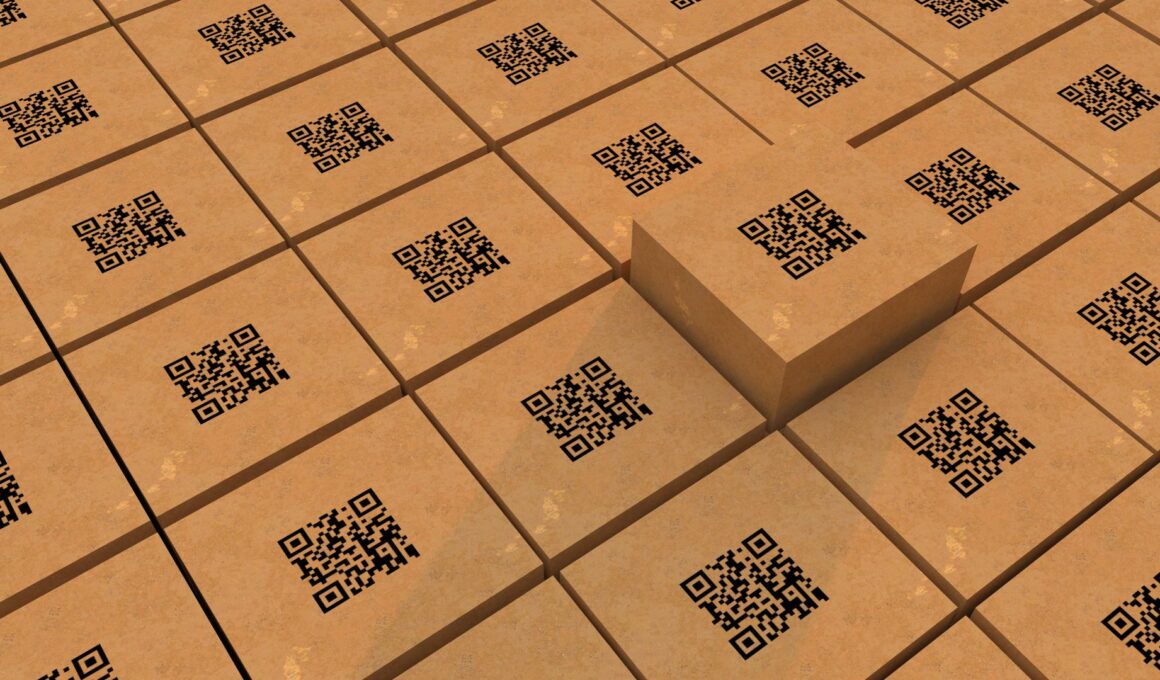In the supply chain, particularly for industries with stringent regulations like pharmaceuticals, serialization plays a vital role. It assigns unique identifiers to individual products, enabling tracking and authentication throughout their lifecycle. This layered approach, L1 to L5, ensures efficient and secure serialization implementation.
Level 1: Device (Focus: Serial Number Application)
- Function: This level centers on the physical equipment that directly applies unique serial numbers to each product unit or packaging. These devices could be inkjet printers, label applicators, or even laser etching machines.
- Example: Imagine an inkjet printer on a pharmaceutical packaging line. As each medication bottle moves down the conveyor belt, this device applies a unique, random serial number directly onto the bottle.
- Details: While the primary function is serial number application, Level 1 may also encompass verification systems. Vision systems with cameras can be integrated to ensure the printed numbers are clear, readable, and correctly placed on the product.
Level 2: Packaging Line Software (Focus: Data Management and Verification)
- Function: Software at this level assumes responsibility for managing data associated with serial numbers. It ensures accurate assignment, application, and verification of these unique identifiers.
- Example: The software on a packaging line fetches product information from a central database. It then assigns a unique serial number to each item, controls the printing process, and verifies the presence and placement of the number using cameras.
- Details: Data integrity is paramount at Level 2. The software interacts with Level 1 devices (printers, applicators) to guarantee accurate serialization throughout the packaging process.
Level 3: Site-Level Serialization Software (Focus: Centralized Control)
- Function: This level introduces centralized software within a manufacturing facility. It manages serialization across all packaging lines, ensuring consistency and eliminating duplicate serial numbers.
- Example: A central software system acts as a hub, allocating unique serial numbers from a common pool to individual packaging lines. It verifies data integrity, maintains consistency with the enterprise system (Level 4), and manages aggregation hierarchies (tracking groups of products, like a box containing multiple bottles).
- Details: Level 3 provides centralized oversight of serialization within a production site. It bridges the gap between individual packaging lines (Level 2) and the enterprise-wide system (Level 4).
Level 4: Enterprise Serialization System (Focus: Company-Wide Management)
- Function: An enterprise-wide system takes center stage at this level. It manages all serialization data for the company, integrating seamlessly with various business functions like production planning and inventory control. It also facilitates communication with external partners and regulatory bodies.
- Example: The enterprise system serves as a central repository for serialization data. It integrates with production planning and inventory management systems, facilitates communication with external partners (distributors, wholesalers), and ensures compliance with regulatory requirements for serialization data.
- Details: Level 4 acts as the core for serialization data management across the entire company. It integrates information from all production sites, fosters communication with external parties involved in the supply chain, and guarantees adherence to regulatory guidelines.
Level 5: Network Serialization System (Focus: Global Track and Trace)
- Function: The highest level establishes a global network for sharing serialization data. This network connects the company’s enterprise system (Level 4) with external databases maintained by distributors, wholesalers, and regulatory bodies. It enables real-time tracking and tracing of serialized products throughout the entire supply chain.
- Example: A global network seamlessly connects the company’s enterprise system with databases managed by external partners. This facilitates real-time tracking and tracing of products, enabling all stakeholders to monitor product movement and verify authenticity.
- Details: Level 5 fosters complete transparency within the supply chain by establishing a global network for sharing serialization data. Stakeholders across the chain can leverage this network to verify product authenticity and track product movements.
By understanding and implementing these L1 to L5 levels, companies can establish robust serialization systems. These systems ensure product authenticity, combat counterfeiting, and streamline regulatory compliance within the supply chain.






